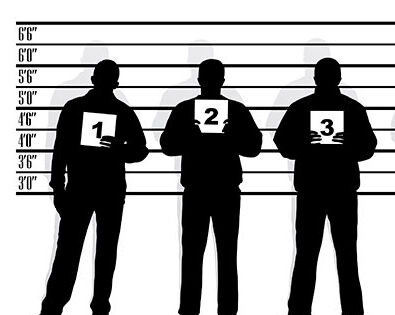DNA Evidence Prevents the Wrongful Conviction of a Suspect Based on Misidentification
07.23.18 By Innocence Staff
Eyewitness misidentification is one of the leading causes of wrongful convictions and often is not rectified for years after an innocent person has languished in prison. In Wheatfield, New York, Salvatore Prezioso almost became the victim of eyewitness misidentification, but this time DNA evidence proved his innocence before he was wrongfully convicted.
On June 28th at 3:30 a.m., a woman awoke to a man kidnapping her child from their home. She chased the man, who then dropped her daughter in a field. The woman later identified the kidnapper as her next-door neighbor, Salvatore Prezioso.
After 12 days in Niagara County Jail and being labeled a child predator to the public, DNA testing came back from crime scene evidence that excluded Prezioso as the abductor and pointed to Larry Keiper. Keiper had spent much of his life in prison for burglary, the rape of a 14-year-old girl in California over 30 years ago and more recently a burglary where he was found in the bedroom of a 6-year-old girl in New York.
Even in the best of circumstances, eyewitness identification can be extraordinarily unreliable.
Luckily for Prezioso, the forensic evidence was tested as quickly as possible, but in many cases, DNA takes months to test and sometimes must undergo re-testing.
“In terms of the post-conviction DNA exonerations, mistaken eyewitness identification is the leading cause of wrongful convictions,” said Vanessa Potkin, Innocence Project’s Director of Post-Conviction Litigation. She further explained that an individual’s perception affects what that person remembers, and even with a clear view of the perpetrator, they can often misidentify the suspect. “Even in the best of circumstances, eyewitness identification can be extraordinarily unreliable.”
Related: Eyewitness Misidentification: Getting it Right
In this case, it was the middle of the night when the witness was awoken suddenly and only the light of the television to see the face of the man abducting her child. Comparing Keiper’s bald head and white mustache with the dark balding hair, goatee and thick, dark eyebrows of Prezioso, “It’s like night and day,” said Prezioso’s Defense Attorney Robert Viola.
“There is significant damage done when an individual is accused of a crime that they did not commit, much less convicted,” said Potkin. “That is damage that is hard to undo. In cases where a perpetrator isn’t identified, it can be very difficult to remove the cloud of doubt. Caution has to be taken.”
Read the full article here.

Leave a Reply
Thank you for visiting us. You can learn more about how we consider cases here. Please avoid sharing any personal information in the comments below and join us in making this a hate-speech free and safe space for everyone.